First, the bragging: I scooped Savage Minds by almost a month with my fieldnotes on photography, anonymity, and recognition.
But, I also think ryan at Savage Minds gives a much fuller (more academic) discussion of what I'm talking about. He uses two recent ethnographies as examples, speaking from a slightly more "objective" standpoint. In essence, his blog is more on the topic of the final form of a published photograph, rather than the politics of taking a photograph, but I (would like to) think that my writing and his speak to each other in interesting ways. So check it out if you're interested....
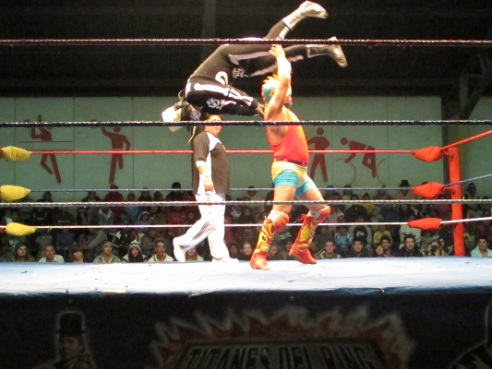
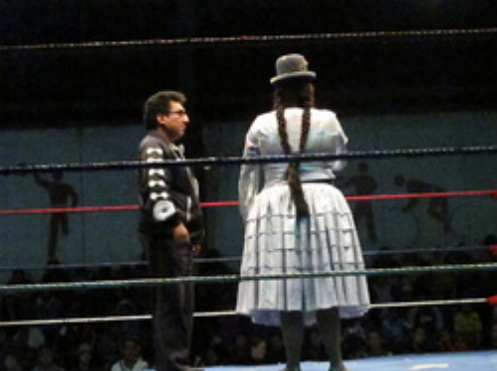
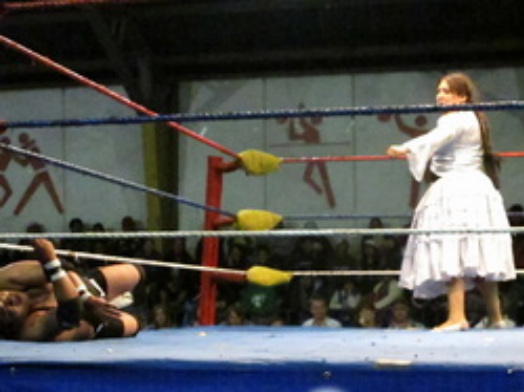
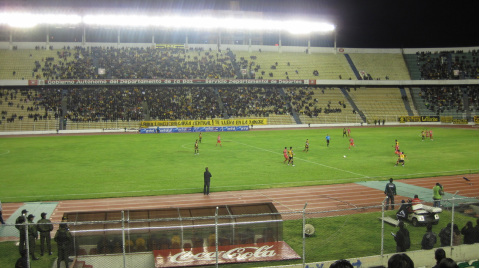
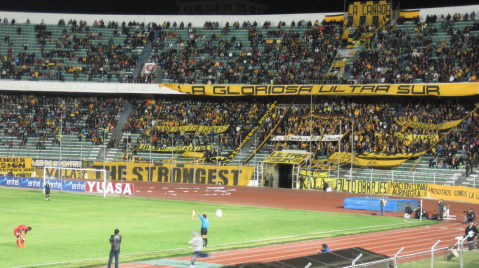
 RSS Feed
RSS Feed
